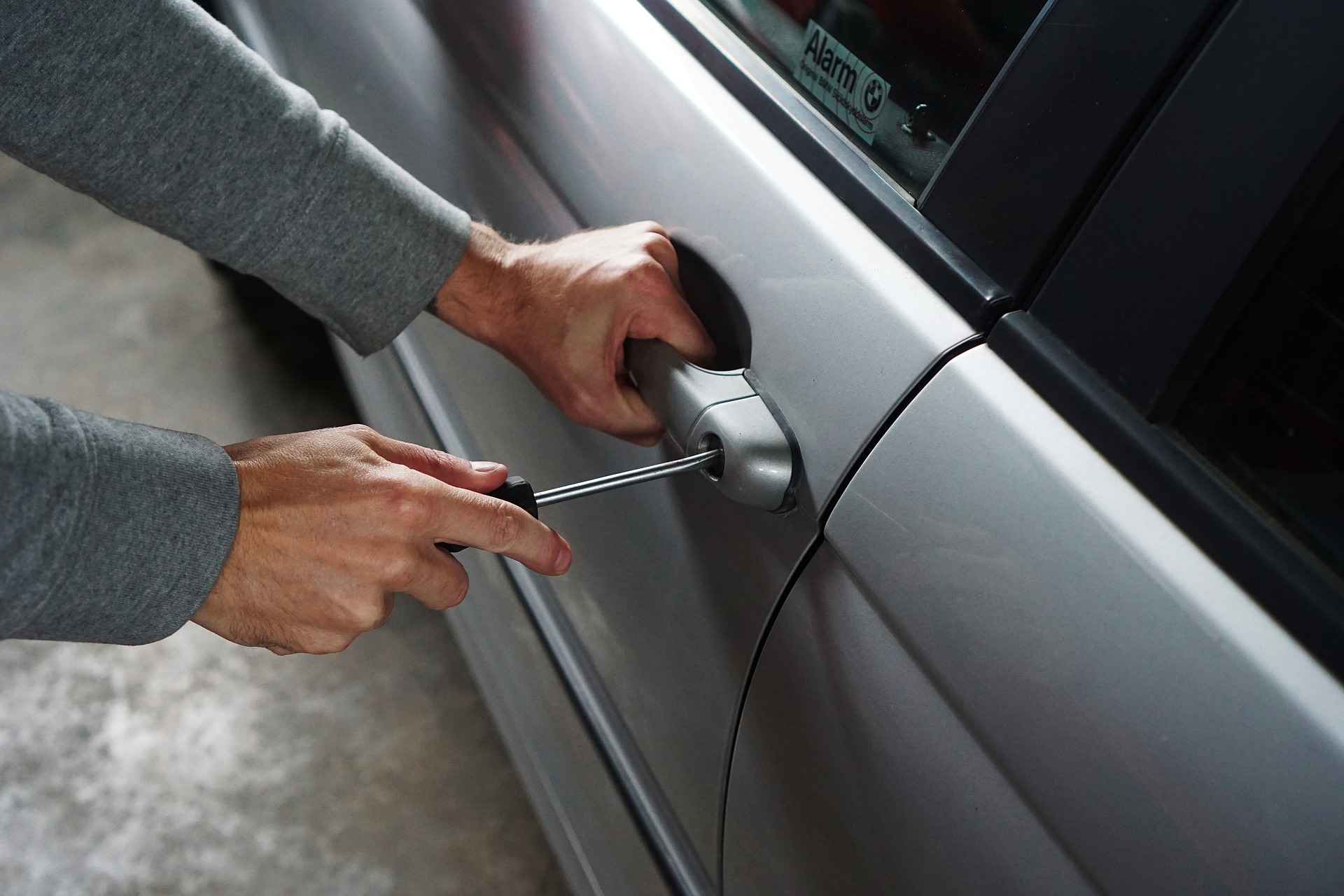
How to improve your car security
As cars become increasingly more complex with ever more sophisticated security devices, criminals will always find ways to stay one step ahead of the game.
And as the UK is still emerging from a post-recession recovering economy, car theft is still very prevalent across the nation.
That’s why at T W White & Sons we’ve put together a guide on how to improve your car security – you never know, these tips could also help lower your car insurance premiums, making it a double whammy and a real result for not much input.
FIT AN UPGRADED ALARM SYSTEM
Entry-level vehicles often don’t have alarms fitted, so you might want to think about investing in an aftermarket security system.
Even if your car does have an alarm, you should ask yourself how good is it? If you’re not convinced, buying an improved anti-theft device could save you money in the long run.
FIT AN IMMOBILISER
It’s highly unlikely that your car doesn’t have an immobiliser, especially if it’s relatively modern. But the fact still remains some vehicles don’t have one. It’s certainly worth fitting one.
There are two different types: electronic and mechanical.
Electronic immobilisers disable a car’s ignition until a sensor detects a radio-coded fob. This then effectively unlocks the ignition circuit so you can start your car.
The other type of immobiliser is a mechanical item, often referred to as steering locks. While these may now seem out-dated, a brightly coloured solid metal disc wrapped around your steering wheel and securing both the handbrake and gear lever could prove stubborn to overcome.
Even better than that, they act as a deterrent in the first place, meaning would-be criminals looking to make a smash and grab raid on a car won’t even bother with the hassle.
WHAT IS A THATCHAM APPROVED ALARM?
If you are thinking of investing in a new alarm and immobiliser system, check first to see if it’s Thatcham-approved and to what level.
The Thatcham Research Centre works closely with manufacturers on security measures, and a device approved to a certain level is recognised by insurance companies, meaning it could lower your premiums.
There are a number of different Thatcham categories as follows.
Category 1 caters for combined electronic alarm and immobilisers, while Category 2 refers to electronic immobilisers on her own. Category 3 is a ‘mechanical immobiliser’ – i.e. a steering lock or other such device – while Category 4 is a wheel-locking device.
The three Categories 5, 6 and 7 detail vehicle tracking devices for post-theft conditions, and other vehicle locating devices. For more in-depth information, visit Thatcham’s website here.
FIT A TRACKER
If your car is worth quite a lot of money, you may consider fitting a tracker – if it’s a particularly rare model, your insurance company might even stipulate you fit one as part of your cover.
These small devices use GPS to track a black box fitted to your vehicle. The moment your car is reported stolen, this starts sending a signal to GPS satellites, which then relays the location of your vehicle to the authorities.
Vehicle tracking company Tracker is so confident of its product that its offering customers a refund on their subscription fee if the car is not returned within 48 hours of it being reported stolen.
DON’T LEAVE ITEMS ON SHOW
iPods, smartphones, laptops and tablets – if you leave any of these on show in your vehicle while it’s parked up, your sending a big, bright invite to a criminal to break in and steal your electronics.
When you leave your car, lock any items – especially sat-navs and even the cradles that mount to the windscreen – in the glove box. Many vehicles have hidden storage under their boot floor too, so think about leaving any items there.
Out of sight, out of mind really does work here.
LOCKING WHEEL NUTS
If you have alloy wheels or aftermarket alloys, there’s a slim chance they may not be secured by high-security wheel nuts.
Unlike regular wheel nuts, locking wheel nuts have a special shaped head that can only be undone with the correct shaped socket. There’s one per corner for your car, meaning it’s much more difficult for thieves to steal your wheels.
If you haven’t got any on your car, think about investing in a set; they don’t cost much and can dramatically improve security.
USE YOUR GARAGE
If you have a garage, use it. By locking your car away, you reduce its theft risk dramatically by having it out of sight.
If your garage is lockable, make sure you lock up every night, too. It might even be worth fitting an alarm to a garage to make doubly sure – the investment could be offset by the amount you’ll save on car insurance in the long run.
PARK IN A WELL LIT AREA

If you don’t have a garage, make sure you leave your car in a well-lit area at night, in full view.
With houses and other people around, it may put potential car thieves off. However, if you are unlucky enough to have your vehicle broken into, at least someone might see what happened.
CLASSIC CARS
If you’ve got a classic car, the chances are it was built before more modern security devices were commonplace. If you’re worried about security, it might be worth considering many of the points above.
When it comes to electronic security devices, modern equipment is small and discreet, so it needn’t ruin the period look of your vehicle.
Of course, the above are only a few ideas to help improve your car’s security. We want to know if you’ve got any other top security tips to help T W White & Sons owners with their car security.
Let us know @twwwhiteandsons or on our Facebook page here.
Similar Articles
The Mazda MX-30 charging guide: everything you need to know about charging the Mazda MX-30
The all-new Mazda MX-30 is an all-electric vehicle (EV) which operates on a 35.5 kWh battery that is fast, flexible and straightforward to charge at home or on the go, an exciting evolution of the traditional internal combustion engine, which is an affordable and sustainable way of driving. With conventional vehicles typically using petrol or […]
Parking Guide [Infographic]
Parking Guide Infographic – An infographic by T W White & Sons NOTE: This article has been updated to include a description of the bay parking instructions. It was originally posted on 10th April 2013. Ever found yourself going backward and forwards as you hold up a whole queue of drivers while you try and […]
Check and top up your engine coolant – Step by step guide
With the hot weather hitting the UK you might not think the increased temperatures will have too much of an effect on your car. However, it is essential to regularly check and top up your engine coolant level when needed. Don’t dismiss the warm weather’s impact on your vehicle, as letting your engine coolant level drop […]